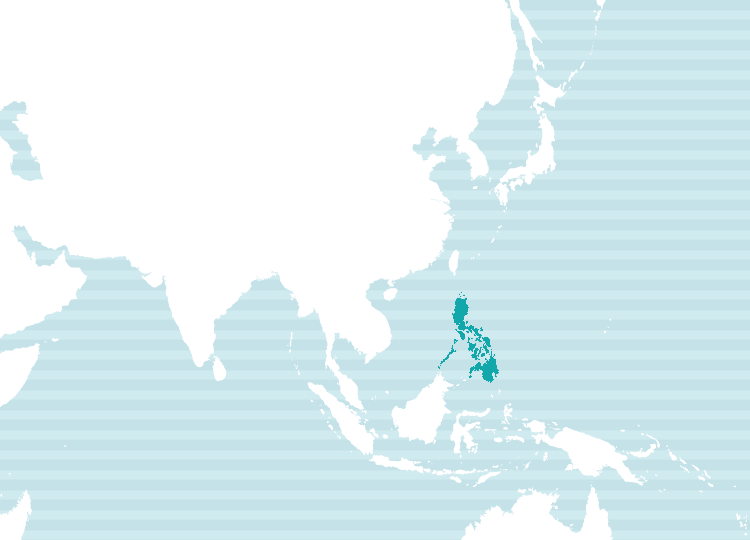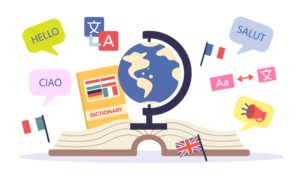In the Philippines, both Tagalog (Filipino) and English are designated as official languages. The country ranks third in the world for the number of English speakers, following the United States and the United Kingdom.
When expanding business in Asia, the Philippines stands out as a strategic hub due to its high English proficiency. While most official documents can be handled in English, effective communication with locals is often better achieved in Tagalog (Filipino). Some individuals may be fluent in conversation but struggle with reading and writing in English, so using clear and accessible Tagalog can help prevent misunderstandings and ensure smooth interactions.
At NAIway Translation Service, we handle a wide range of translation requests, including legal documents, tourism brochures and menus, guidebooks for Filipinos in Japan, video subtitles, surveys, and more.

For more details, please feel free to contact us.
Tagalog (Filipino) Translation Rates (Japanese-Tagalog & Tagalog-Japanese)
Below are NAIway’s standard translation rates.
Our regular translation fees cover all of the following services, so you can rely on us with confidence.
Translation
+
Native-Level Quality Check
+
After-Support※
※ As part of our after-support, we handle revisions and inquiries within the post-delivery verification period (typically one week).
(Please note that changes or additions to the original document are not included.)
Japanese to Tagalog (Filipino) Translation

From 20.9 JPY per character
Tagalog (Filipino) to Japanese Translation

From 30.8 JPY per word
- The actual cost will be estimated based on the content and volume of the document. Please send us the document when requesting a quote.
- Minimum Charge Policy. Depending on the character/word count and other conditions, we have a two-tier minimum charge system of 5,500 Japanese Yen or 11,000 Japanese Yen (tax included). This ensures coverage of the essential costs involved in translation coordination and quality assurance.

For more details, please feel free to contact us.
NAIway's Quality Assurance System
At NAIway Translation Service, we believe that quality management is our top priority as a professional translation company. To ensure the highest standards, we have developed our own Quality Assurance System (QAS) and implement strict quality control measures.
For high-quality Japanese-Tagalog (Filipino) and Tagalog (Filipino) -Japanese translations, every document undergoes a two-step review process: after the initial translation, a second translator conducts a thorough quality check.
We meticulously review each character and sentence, ensuring logical flow, terminology consistency, and appropriate expressions to deliver a refined translation tailored to your needs.

Multilingual Translation Support
At NAIway, we offer multilingual translation services. Along with Tagalog (Filipino), we provide translations in English, Chinese, Thai, Indonesian, and more—all in one place.
If you're considering inbound tourism solutions, feel free to contact us for a consultation!

Introduction to Our Tagalog (Filipino) Translators
Here are some of the translators currently working with or registered at NAIway.
For more details, please feel free to contact us.
What is the Tagalog (Filipino) language?
Tagalog is primarily spoken in the southern part of Luzon, including the capital, Manila. It was standardized and adopted as the national language, officially known as Filipino, and serves as one of the two official languages of the Republic of the Philippines alongside English.
The Philippines is an archipelago with over 7,000 islands, where more than 150 different languages are spoken across various regions. As a common language, Tagalog (Filipino) is widely used in media such as television and newspapers and is taught throughout the country.
Tagalog (Filipino) has borrowed vocabulary from Sanskrit, and due to the long periods of Spanish and American rule, it also incorporates many loanwords from Spanish and English.
Malay Script
In the past, syllabic scripts of Indian origin (Alibata) and Arabic script were used. However, today, the Latin alphabet is the standard writing system.
How to Say “Hello” in Tagalog (Filipino)
Magandang araw/mɐˈɡɐn.daŋ ˈa.ɾaw/
Primary Regions of Use

Language Family: Austronesian → Malayo-Polynesian → Philippine languages
Spoken in: Philippines, China, Malaysia, Indonesia, Hong Kong, Singapore, and more
The History of Tagalog (Filipino)
The Philippine archipelago, composed of over 7,000 islands, has a vast diversity of languages and cultures, making it difficult to establish a unified nation. Additionally, the country was under Spanish rule for centuries, followed by American control, both of which left a significant influence—one reason why English remains an official language today.
Even after gaining independence, the Philippines had over 100 distinct languages, many of which were mutually unintelligible. As a result, no single native language was naturally adopted as the national standard. Instead, in 1959, an artificial language called "Pilipino" was introduced as the national language. It was primarily based on Tagalog but incorporated elements from other indigenous languages.
However, Pilipino never gained widespread acceptance, and it was later renamed "Filipino." In essence, Filipino is still Tagalog, but with a broader integration of Spanish and English loanwords, as well as direct foreign word adoptions. Most Filipinos still consider Filipino to be just another name for the Tagalog spoken in Metro Manila. Over time, as people from different regions move to the capital, their local dialects and expressions continuously shape and evolve the language, making Filipino a constantly developing linguistic identity.
Key Points of Tagalog (Filipino) Grammar
Sentence Structure and Accent in Tagalog (Filipino)
In Tagalog, there are two types of sentence structures for expressing "A is B" (e.g., "Yamada-san is beautiful."). These are:
- The natural word order: Predicate + Subject
- The inverted word order: Subject + Predicate
For example, in Tagalog, "Yamada-san is beautiful." can be said in two ways:
- Maganda si Yamada. (Beautiful + Yamada) – Natural word order
- Si Yamada ay maganda. (Yamada + is + beautiful) – Inverted word order ("ay" is added in this structure)
Additionally, word stress changes meaning in Tagalog. For example, the word "aso" means:
- "áso" (stress on "a") → dog
- "asó" (stress on "o") → smoke
Tagalog has a flexible word order, complex verb conjugations, and intricate grammatical rules, making it one of the more challenging languages to master.


